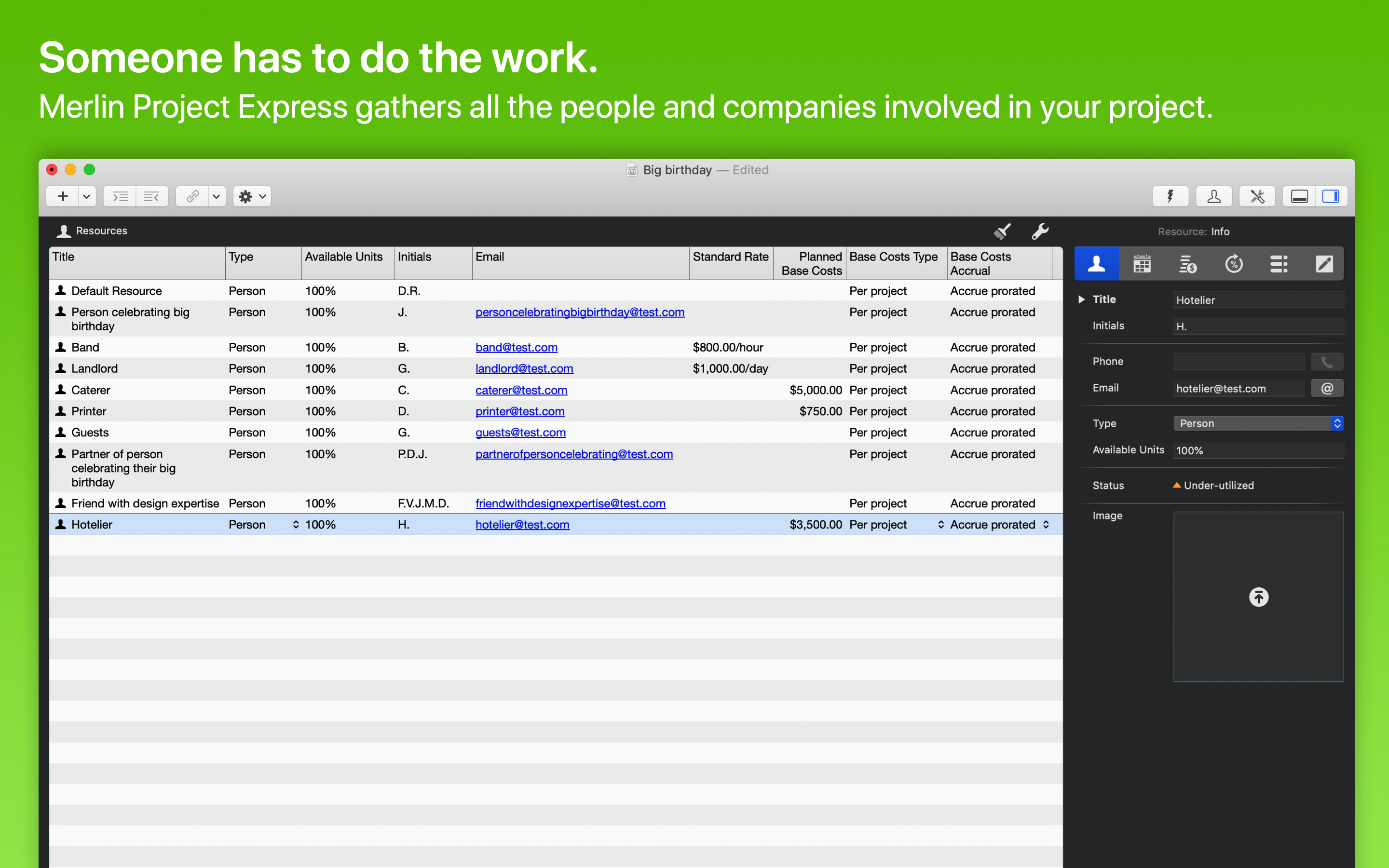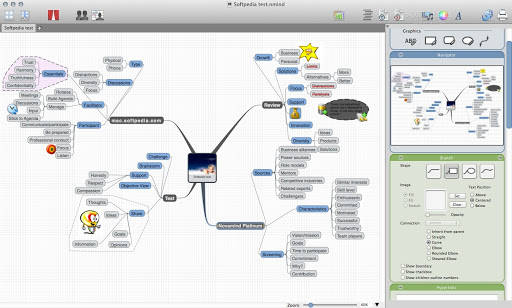

One of the 18 m dishes of the One-Mile Telescope was temporarily used in MTRLI from 1987 until autumn 1990, which greatly improved its resolution. When the Mark II's surface was replaced in 1987, it could be used along with the three E-systems telescopes on the 22 GHz frequency, expanding MTRLI at that frequency. In the first 2 years of operation (1980–1982), the array was used to observe at frequencies of 408 MHz (with a resolving power of 1 arcsecond), 1666 MHz (0.25 arcsecond) and 5 GHz (0.08 arcsecond). The first map produced by the array was published on 6 November 1980. The longest baseline of MTRLI was 134 km, between Pickmere and Defford. The second phase was formally completed on the 31 December 1981, and had cost £3,142,210. The Pickmere telescope was connected into MTRLI for the first time on 20 July 1980, followed by the Darnhall telescope on 16 December 1980. Construction on both telescopes started on 9 April 1979, and was completed by 31 October 1979. The two telescopes were the same as that at Knockin. While it was originally proposed that one of the telescopes would be sited at Jodrell Bank and the other at Darnhall, the pair were finally sited at Pickmere (also known as Tabley) and Darnhall. Two additional telescopes were added in Phase 2 of the project, along with their radio links to Jodrell Bank. The final cost of phase 1 of the system was £2,179,000 (1976). The first observations using the system – measurements of 30 distant radio sources – were taken in January and February 1980. The microwave links were installed in May 1978. The telescope was first controlled remotely from Jodrell in January 1977. The construction of the new telescope started on 9 July 1976, and was completed by 8 October 1976. The construction of the new telescope, the installation of microwave communication links and the construction of the correlator were jointly called "Phase 1" of the MERLIN project, the funding for which was approved on. New telescope was made by E-Systems and was constructed based on the design for the telescopes in the Very Large Array, which was being constructed at the same time also by E-Systems. It originally consisted of either the 76m Lovell Telescope or the 25m Mark II, along with the 25m Mark III at Wardle, the 85 ft at Defford and a new telescope at Knockin.

The system was originally officially called MTRLI (Multi-Telescope Radio Linked Interferometer), but was commonly referred to by the simpler name of MERLIN.

In 1973, Henry Proctor Palmer made the suggestion of extending the interferometer links already in place at Jodrell Bank at the time, which started the planning of the telescope array. Some of the telescopes are occasionally used for European VLBI Network (EVN) and Very Long Baseline Interferometry (VLBI) observations in order to create an interferometer with even larger baselines, providing images with much greater angular resolution. At a wavelength of 6 cm (5 GHz frequency), MERLIN has a resolution of 40 milliarcseconds which is comparable to that of the HST at optical wavelengths. The longest baseline is therefore 217 km and MERLIN can operate at frequencies between 151 MHz and 24 GHz. The array consists of up to seven radio telescopes and includes the Lovell Telescope at Jodrell Bank, Mark II, Cambridge, Defford in Worcestershire, Knockin in Shropshire, and Darnhall and Pickmere (previously known as Tabley) in Cheshire. The array is run from Jodrell Bank Observatory in Cheshire by the University of Manchester on behalf of Science and Technology Facilities Council (STFC). The Multi-Element Radio Linked Interferometer Network ( MERLIN) is an interferometer array of radio telescopes spread across England.


 0 kommentar(er)
0 kommentar(er)
